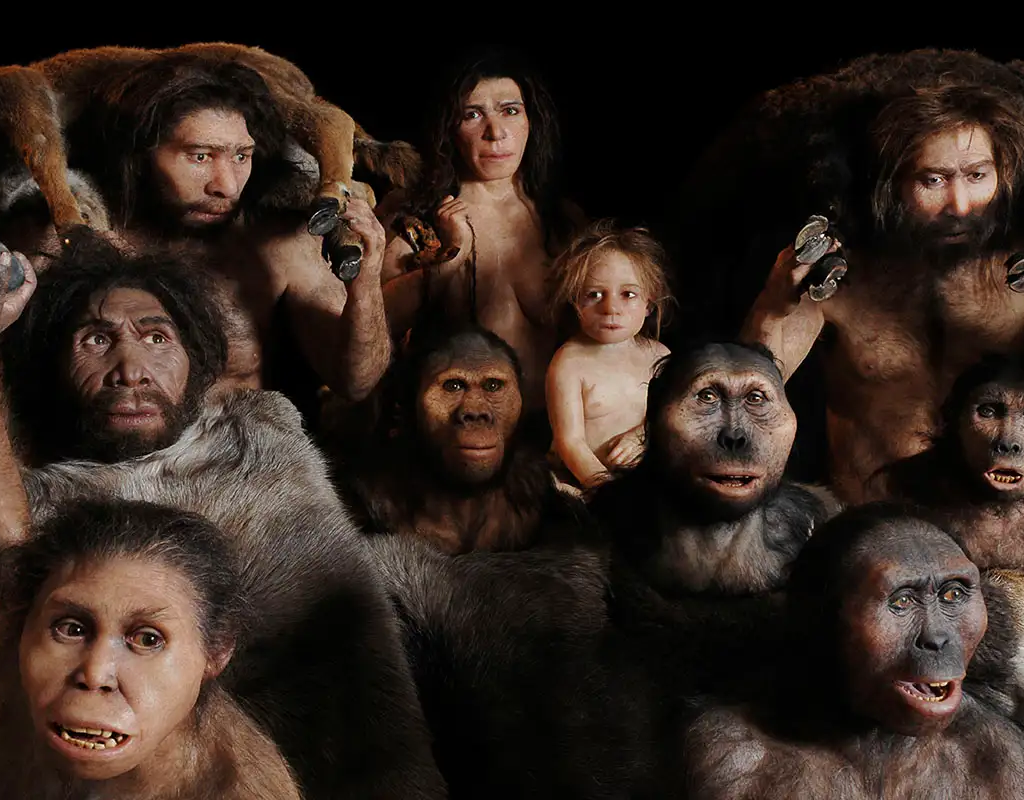New analysis of stone tools used by long-tailed macaques in Thailand’s Phang Nga National Park served as the foundation for this study. These monkeys use comparable stone tools to break open nuts with tough shells. Throughout that process, the monkeys frequently crack their anvils and hammerstones. The resulting collection of broken stones is enormous and dispersed far across the environment. Additionally, several of these artifacts share the same traits that are frequently used to distinguish deliberately manufactured stone tools in some of the earliest archaeological sites in East Africa. “Understanding how and when this occurred is a significant subject that is normally studied through the study of ancient artifacts and fossils. The capacity to purposely manufacture sharp stone flakes is viewed as a crucial stage in the evolution of hominins. Our research demonstrates that humans and our predecessors are not the only species capable of making stone tools “According to Tomos Proffitt, the principal author and a researcher at the Max Planck Institute for Evolutionary Anthropology. “It is not surprising that these macaques utilize tools to prepare nuts because they also do so to reach different kinds of shellfish. What’s intriguing is that they unintentionally create a significant archaeological record of their own, some of which can be confused with artifacts from hominins.”
The researchers were able to demonstrate that many of the artifacts generated by monkeys fall within the range of those often associated with early hominins by comparing the inadvertently formed stone fragments made by the macaques with those from some of the earliest archaeological sites. Jonathan Reeves, co-lead author, emphasizes: “The spectrum of behaviors we associate with sharp edged flakes in the archaeological record has implications for the fact that these artifacts can be produced through nut breaking. The recently found macaque stone tools provide new insights into how the first technology may have begun in our oldest ancestors and suggest that its origin may have been connected to comparable nut-cracking behavior that may be much older than the first archaeological records. “Some have proposed that a possible forerunner to the development of stone tools was the intentional cracking of nuts with stone hammers and anvils, akin to what some primates still do today. The possibility of later being able to recognize such an archaeological signature is made possible by this study and earlier ones published by our group “Lydia Luncz, senior author of the study and director of the Max Planck Institute for Evolutionary Anthropology’s Technological Primates Research Group, makes this statement.




